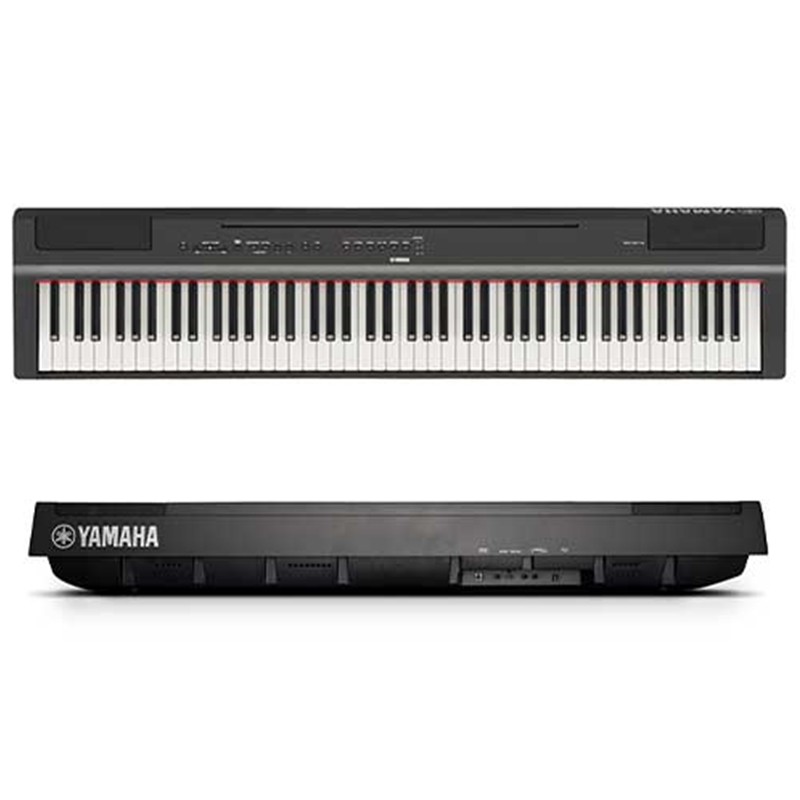A Wind-Up Music Box Is a Surprisingly Sophisticated Piece of Engineering
A music box works by turning a metal cylinder with extending pins that tweeze the specific prongs of a steel comb. The audios that reverberate from the vibrating prongs are the notes we listen to-- reduced notes from longer prongs and higher notes from much shorter ones. Some much more challenging music boxes even contained a tiny drum or little bells.
Music boxes have actually been around because the 18th century. Some were the size of a loaf of bread, others as huge as a dresser. At that time, music boxes were actually made use of to delight in some wonderful shop songs, unlike the little twirling ballerina box you could locate in your grandma's attic. In the 19th century, Swiss artisan watch manufacturers continuously fine-tuned the design. What we have today is the result of centuries of tinkering with equipments and bells and pins as well as steel combs.

The dependable "Engineer Guy" Bill Hammack describes exactly how these little boxes work and talks about a little bit of their history in his most current video, which is well worth a watch for both the mechanically and musically minded.
Trivia:
A music box functions by rotating a metal cylinder with protruding pins that tweeze the individual prongs of a steel comb. The noises that resonate from the shaking prongs are the notes we hear-- reduced notes from longer prongs and higher notes from much shorter ones. Music boxes have been around given that the 18th century.
Music boxes have actually been around because the 18th century. Some were the size of a loaf of bread, others as huge as a dresser. At that time, music boxes were actually made use of to delight in some wonderful shop songs, unlike the little twirling ballerina box you could locate in your grandma's attic. In the 19th century, Swiss artisan watch manufacturers continuously fine-tuned the design. What we have today is the result of centuries of tinkering with equipments and bells and pins as well as steel combs.

The dependable "Engineer Guy" Bill Hammack describes exactly how these little boxes work and talks about a little bit of their history in his most current video, which is well worth a watch for both the mechanically and musically minded.
Trivia:
A music box functions by rotating a metal cylinder with protruding pins that tweeze the individual prongs of a steel comb. The noises that resonate from the shaking prongs are the notes we hear-- reduced notes from longer prongs and higher notes from much shorter ones. Music boxes have been around given that the 18th century.